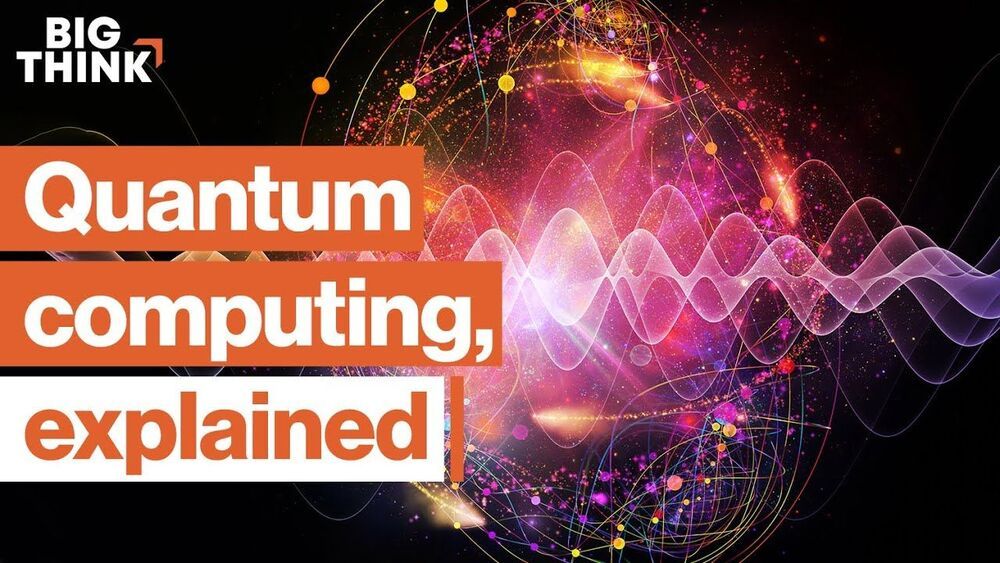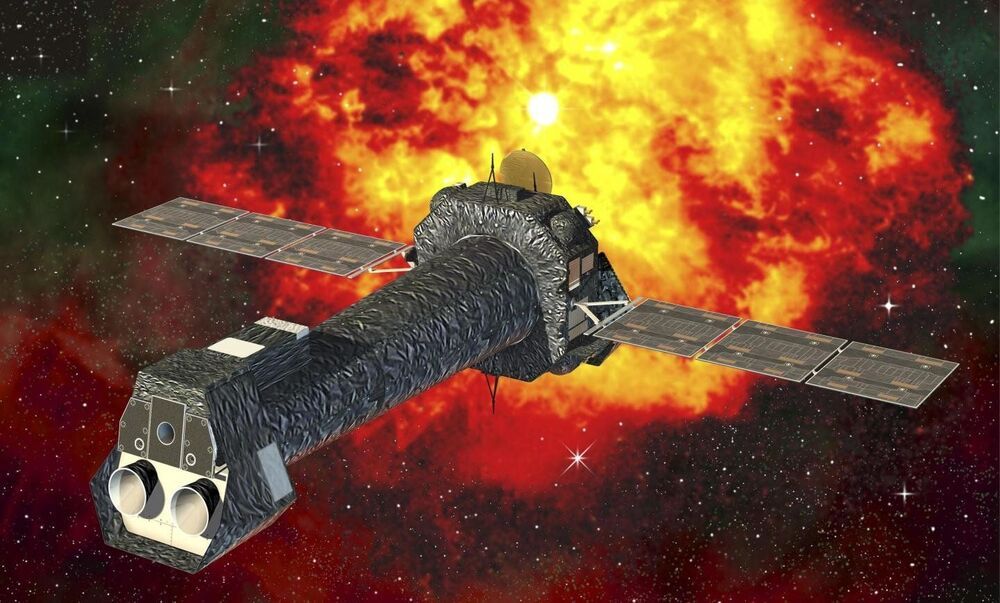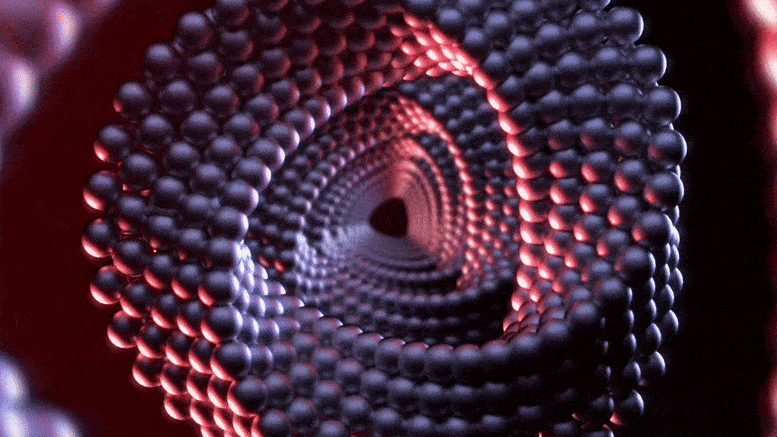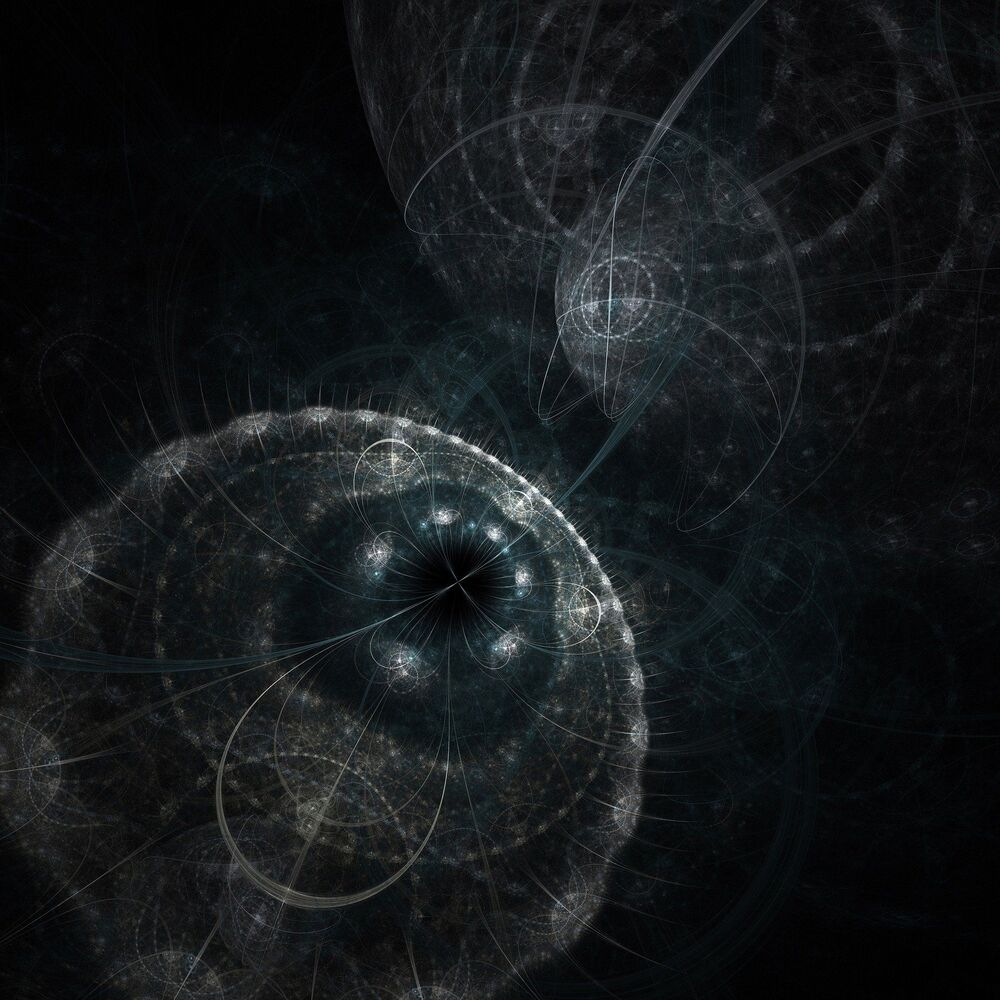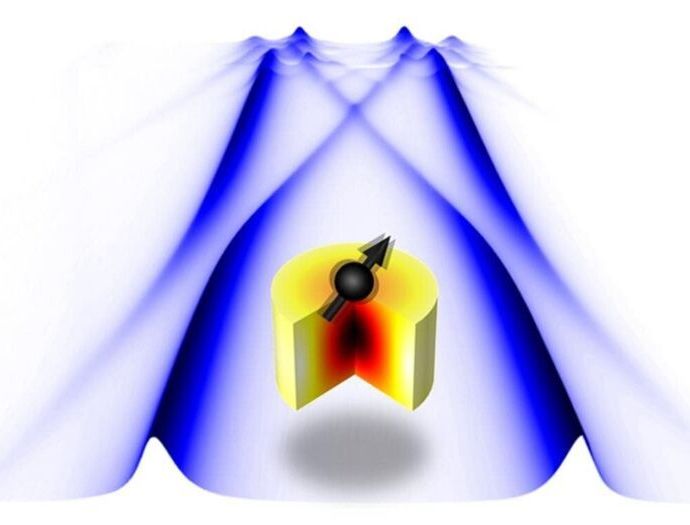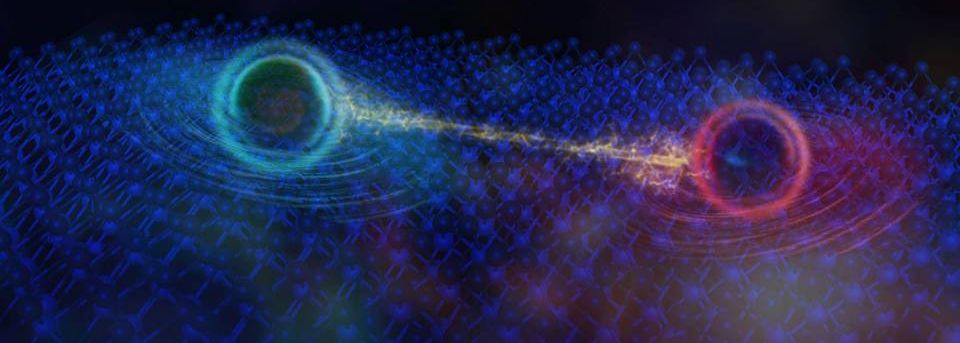Jan 17, 2021
Is the Physical World a Neural Network?
Posted by Jose Ruben Rodriguez Fuentes in categories: cosmology, particle physics, quantum physics, robotics/AI
Part of the Divine Mind, and so we are.
The most recent observations at both quantum and cosmological scales are casting serious doubts on our current models. For instance, at quantum scale, the latest electronic hydrogen proton radius measurement resulted in a much smaller radius than the one predicted by the standard model of particles physics, which now is off by 4%. At cosmological scale, the amount of observations regarding black holes and galactic formation heading in the direction of a radically different cosmological model, is overwhelming. Black holes have shown being much older than their hosting galaxies, galactic formation is much younger than our models estimates, and there is evidence of at least 64 black holes aligned with respect to their axis of rotation, suggesting the presence of a large scale spatial coherence in angular momentum that is impossible to predict with our current models. Under such scenario, it should not fall as a surprise the absence of a better alternative to unify quantum theory and relativity, and thus connect the very small to the very big, than the idea that the universe is actually a neural network. And for this reason, a theory of everything would be based on it.
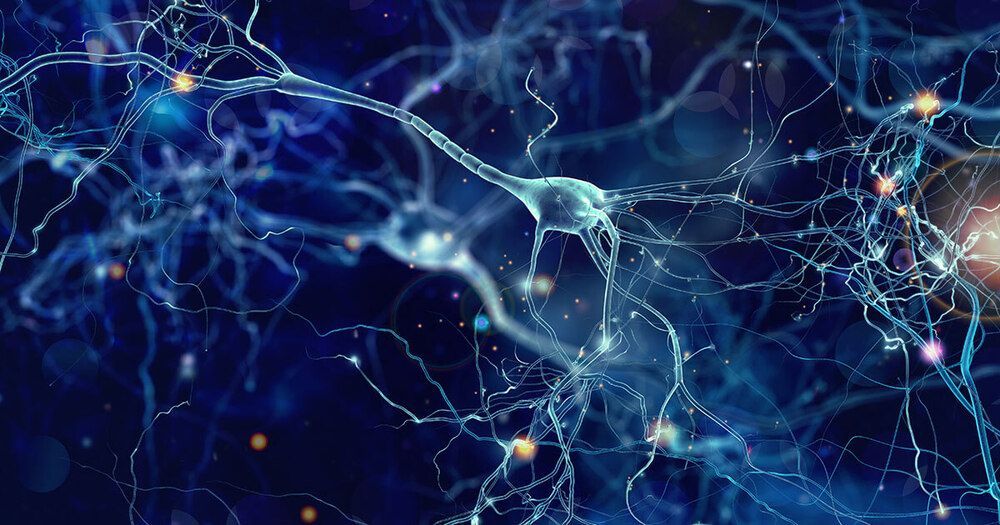
As explained in Targemann’s interview to Vanchurin on Futurism, the work of Vanchurin, proposes that we live in a huge neural network that governs everything around us.
Continue reading “Is the Physical World a Neural Network?” »

